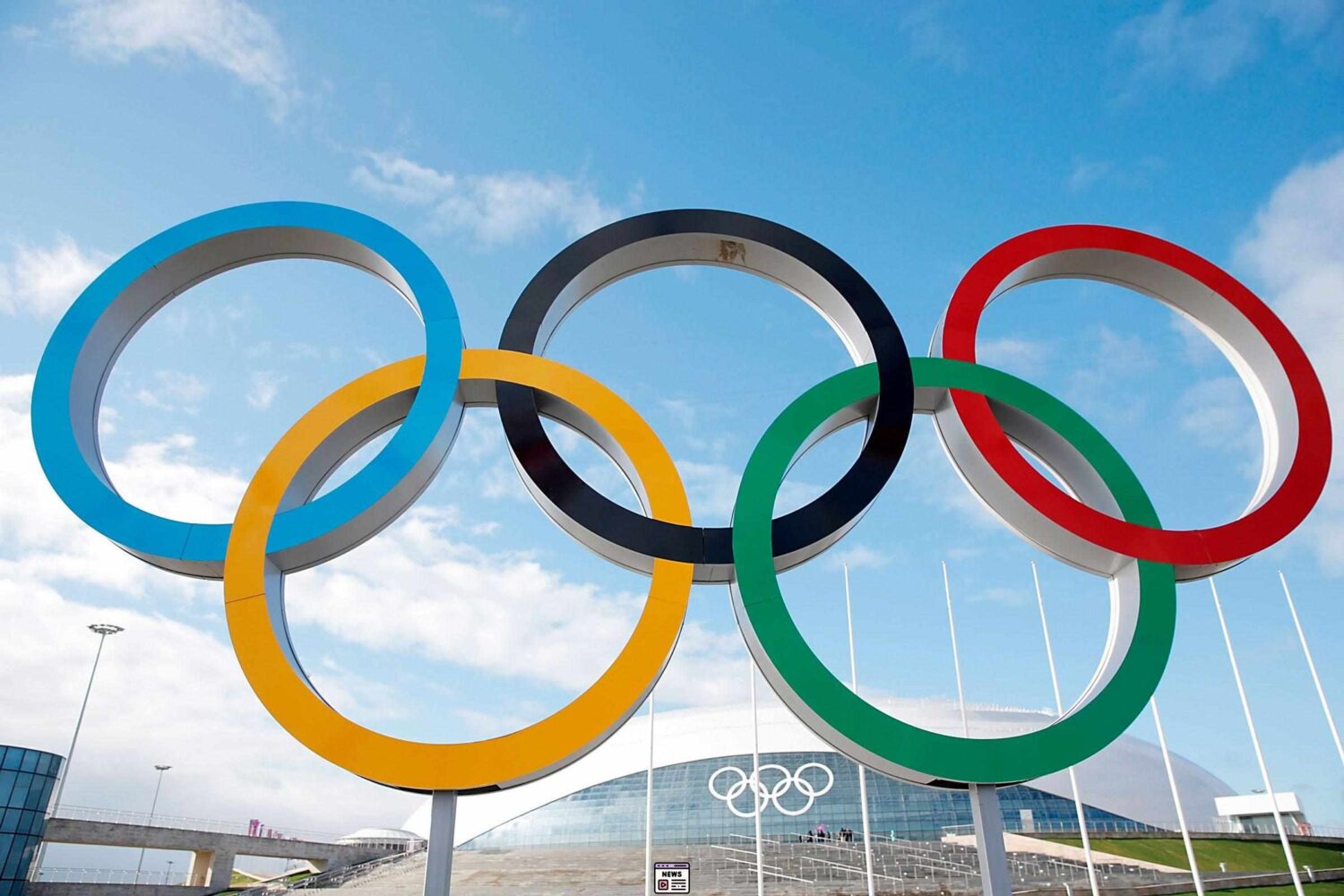Updated on: October 7, 2024 2:20 am GMT
In a city renowned for its rich history and iconic landmarks, the latest proposal from Paris Mayor Anne Hidalgo has ignited debate among residents and tourists alike. The decision to keep the Olympic rings permanently mounted on the Eiffel Tower—a structure synonymous with Paris itself—has evoked both fervent support and fierce opposition. As the world gears up for the 2024 Summer Olympics in Paris, the rings were a temporary yet vibrant addition to the tower, celebrated by many. However, Hidalgo’s recent revelation that she wishes to make them a permanent fixture has stirred controversy, with voices from heritage advocates to Eiffel’s descendants chiming in.
A New Chapter for the Eiffel Tower
The Eiffel Tower, designed by Gustave Eiffel and completed in 1889, has stood as an emblem of French engineering and culture for over a century. History tells us that it was originally met with skepticism, deemed an eyesore by some Parisians. Fast-forward to today, and it attracts millions of visitors each year, solidifying its status as “the Iron Lady” and a UNESCO World Heritage Site. So why, in a city so steeped in its own history, would a significant alteration to such a beloved monument cause rifts among its citizens?
When the Olympic rings adorn the tower for the duration of the Games, they symbolize unity, peace, and the spirit of international camaraderie. Hidalgo has expressed that, beyond the confines of the competition, she believes this festive spirit should endure. “The French have fallen in love with Paris again … I want this festive spirit to remain,” she stated, announcing her desire to keep the rings for posterity. However, this perspective has not resonated with everyone.
The Voices of Dissent
Savin Yeatman-Eiffel, a direct descendant of Gustave Eiffel, articulates the sentiments of many who feel that this decision is an inappropriate alteration to the iconic structure. “The idea that those rings are going to stick forever on the Eiffel Tower … that’s a different story,” he contends. His position not only reflects familial loyalty to their ancestor but also a broader concern regarding the integrity of an architectural masterpiece that has stood for 135 years. Yeatman-Eiffel and other descendants of Eiffel emphasize their respect for the Olympic spirit but feel strongly that it should not come at the cost of altering a historical landmark permanently.
Moreover, the French Culture Minister Rachida Dati’s concern regarding this proposal adds another layer of complexity. Dati insists that modifications to the tower should adhere to established protocols aimed at protecting heritage structures. “The Eiffel Tower is a protected monument … before any decision is made or any announcement is made … it is important that all procedures and consultations aimed at protecting heritage are respected,” she stated. Such perspectives raise pressing questions about the balance between honoring tradition and embracing contemporary expressions of urban identity.
Public Sentiment: A Divided City
The reaction from Parisians themselves has been mixed, as evidenced by a Change.org petition that garnered over 34,000 signatures opposing the plan. While some appreciate the rings as a celebration of the Olympic values of peace and solidarity, others express a desire to maintain the Eiffel Tower’s historical integrity. “For me, this is a mistake,” says Paris MP Sylvain Maillard, reflecting a widespread concern that the Olympic Games, though significant, do not warrant permanent branding on one of the city’s most recognized symbols.
Yet, not all views align with the skepticism. Some residents, including student Elly Diouf, view the addition of the rings as an enriching complement to the Eiffel Tower’s aesthetic, believing that the timelessness of the landmark allows room for occasional updates and celebrations. “I think that we have to move on,” she remarks, suggesting an openness to integrating contemporary symbols into the fabric of Paris without undermining what the Eiffel Tower represents.
A Call for Public Involvement
Given the strong emotions on all sides of this issue, Savin Yeatman-Eiffel has called for a more democratic approach: “There’s a long history behind the Eiffel Tower. … So I don’t think just one person can make such a decision.” The suggestion of a citywide vote opens a pathway for Parisian residents to have a direct say in the future of their beloved monument, legitimizing feelings of pride, nostalgia, or even resistance.
A Balancing Act: Heritage and Modernity
This dilemma presents a larger discourse on the intersection of history, heritage, and modernity. Cities around the globe are grappling with how to maintain their historical integrity while adapting to contemporary values and events. Paris, as a cultural capital, stands at a crossroads. While events like the Olympic Games showcase the city’s vibrancy, the decision regarding how they are commemorated on the Eiffel Tower must navigate the waters of public sentiment, heritage regulations, and the ever-evolving identity of the city.
Conclusion: A Towering Decision Ahead
As the 2024 Olympics approach, the spotlight on Paris glimmers—a beacon of competitiveness but also cultural reflection. The conversation surrounding the future of the Olympic rings on the Eiffel Tower encapsulates the very essence of what it means to live in a city rich in history. It reminds us of the complex relationships between people, symbols, and evolving societal values.
Whether you support or oppose Mayor Hidalgo’s plan, the Eiffel Tower still represents the heart of Paris. This lively discussion will not only change the city’s skyline but also tell the story of Paris for many years. Talking openly about these ideas, whether through petitions or votes, will help honor Gustave Eiffel’s legacy and celebrate a city full of history, culture, and togetherness.
